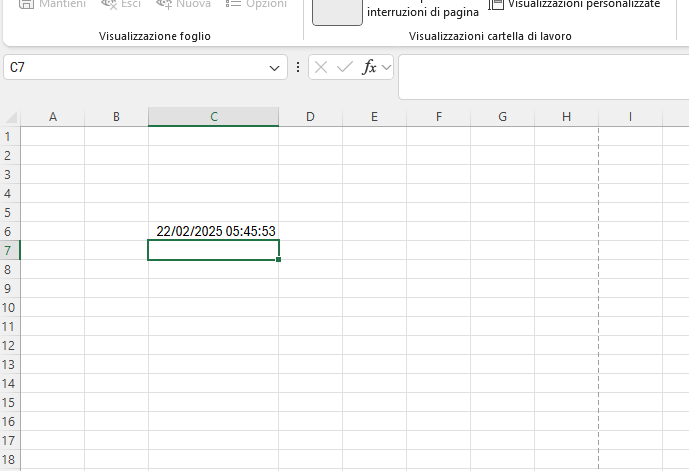In today’s digital communication landscape, both chat and email play pivotal roles. Each has its own set of advantages and disadvantages that make them suitable for different purposes. This article delves into the comparative analysis of chat and email to help you understand when to use each effectively.
Advantages of Chat:
- Real-time Communication: Chat allows for instantaneous responses, making it ideal for urgent queries and quick interactions.
- Informal Tone: The casual nature of chat can foster a friendly atmosphere, which can be particularly beneficial in customer service or team collaboration.
- Multi-tasking: Users can engage in multiple chat conversations simultaneously, enhancing productivity.
- Convenience on the Go: With mobile chat applications, users can stay connected from anywhere, ensuring constant communication.
Disadvantages of Chat:
- Lack of Formality: The informal tone may not be suitable for professional or sensitive communications.
- Distraction Potential: Constant notifications and the temptation to check messages can disrupt focus and productivity.
- Limited Record Keeping: Chats can be harder to archive and reference compared to emails, which are more structured.
- Security Concerns: Depending on the platform, chat can be less secure than email, risking data breaches.
Advantages of Email:
- Formal Communication: Email is more suited for professional correspondence, detailed information, and official documentation.
- Comprehensive Records: Emails are easy to store and search, providing a reliable record of past communications.
- Attachments and Formatting: Email allows for complex formatting and the attachment of large files, making it versatile for business communications.
- Asynchronous Nature: Email does not require immediate response, giving recipients time to consider their replies.
Disadvantages of Email:
- Delayed Response: Emails can sit in inboxes for hours or days, which is not ideal for urgent communication.
- Inbox Overload: High volumes of emails can lead to important messages being overlooked or lost.
- Formal Constraints: The formal nature of emails can be less engaging and might not suit informal interactions.
- Potential for Miscommunication: Without tone and body language, emails can sometimes be misinterpreted.
Conclusion:
Choosing between chat and email depends on the context of the communication. For immediate, informal interactions, chat is often the preferred choice. Conversely, for formal, detailed, and documented exchanges, email remains unparalleled. Understanding the strengths and limitations of each can enhance communication efficiency and effectiveness in both personal and professional settings.



